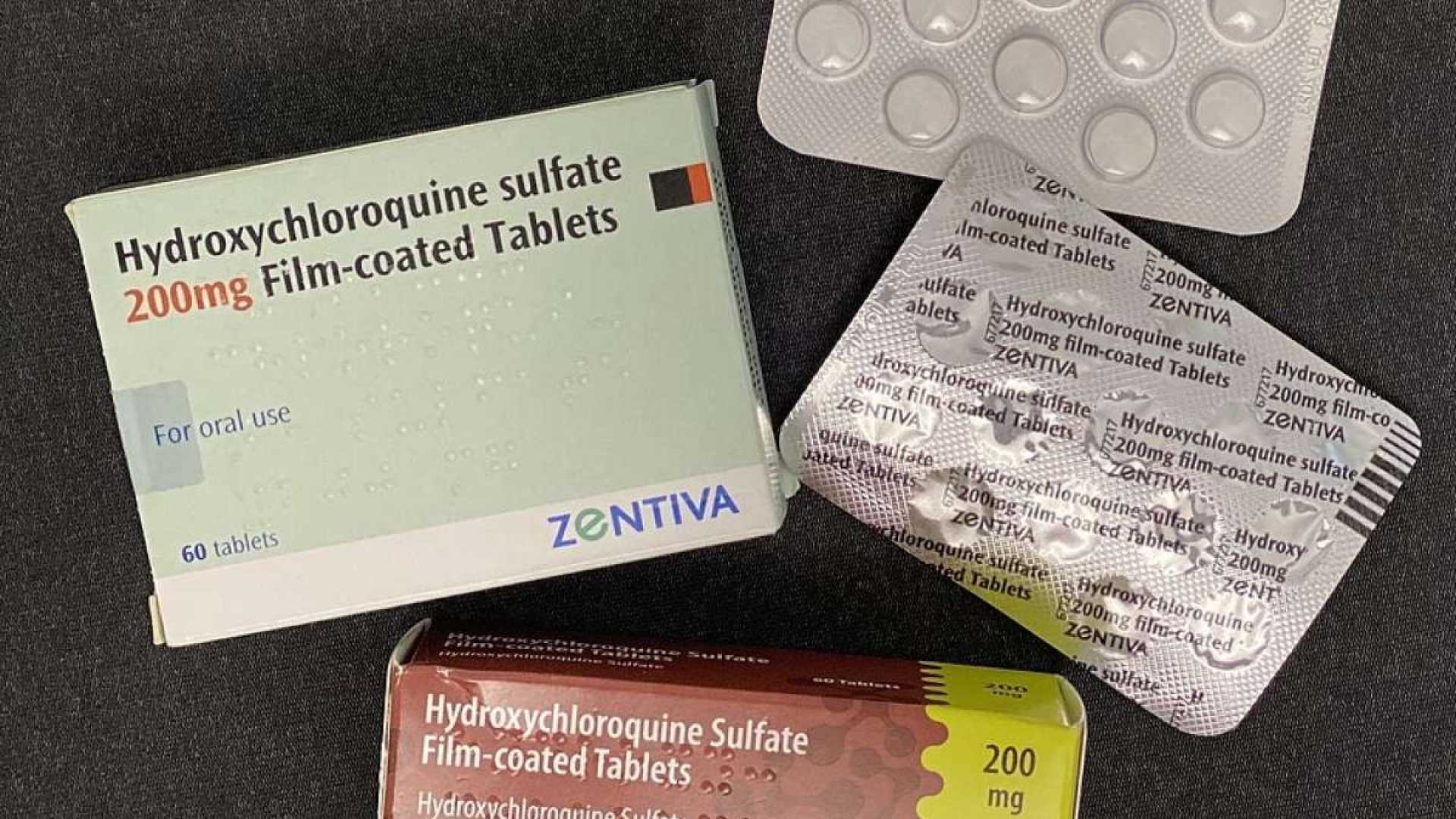Health
Study Reveals Surge in Unproven COVID Treatments Amid Pandemic

LOS ANGELES, Calif. — A recent study published in Health Affairs reveals that U.S. outpatient prescriptions for hydroxychloroquine and ivermectin surged significantly during the COVID-19 pandemic, doubling and increasing tenfold, respectively, from January 30, 2020, to June 30, 2023. The study assessed insurance claims from 8.1 million patients and noted that these medications resulted in an estimated spending of $272 million.
John Mafi, MD, MPH, the senior author of the study from the University of California Los Angeles, stated, “Our findings underscore the urgent need for policy reforms to combat misinformation and mistrust in scientific institutions.” He emphasized that eliminating undue industry influence, enhancing transparency about scientific uncertainty, and investing public funds in clinical trials for new drugs are crucial steps forward.
Throughout the study period, researchers documented a total of 1,369,281 outpatient prescriptions for hydroxychloroquine and ivermectin. Among these, 90,141 prescriptions exceeded pre-pandemic rates and were classified as COVID-19-related. Extrapolating this data to the broader U.S. population of insured adults, they estimated that 3,037,751 COVID-19-associated prescriptions for these medications were written, costing around $271.6 million.
Older adults, those aged 65 and above, comprised only 25% of the study population, yet accounted for 68% of COVID-19-related hydroxychloroquine prescriptions and 59% of those for ivermectin. The surge in hydroxychloroquine use peaked in March 2020, reaching 133% of pre-pandemic levels, coinciding with President Donald Trump‘s promotion of the drug as a potential cure. Originally approved as an anti-malarial, hydroxychloroquine’s popularity surged despite its lack of proven efficacy against COVID-19.
Ivermectin, typically an anti-parasitic medication, saw its prescribing rates peak in August 2021, increasing to ten times pre-pandemic levels. While hydroxychloroquine usage was fairly uniform across the nation, ivermectin prescriptions were particularly high in the southern United States, where they reached 366% of expected levels.
The study’s authors highlight that these high prescription rates reflect the considerable impact of misinformation regarding the effectiveness of these drugs against COVID-19, especially as early studies indicated they were not effective. They concluded, “The results of this study highlight the need for targeted efforts to mitigate the use of non-evidence-based, potentially harmful care to improve health outcomes and promote health equity during national emergencies.”












